
Transcription
BTB
1 Oct 17
And so it begins! As I presently perceive this matriculating opportunity, it is merely something for me to do as pure research while I await Scientology's Volunteer Ministers whose motto is: "Something CAN Be Done About It", to deliver rehabilitation to prisoners.
As first announced to an enturbulated world in 1950, The Aims Of Scientology were: A civilization without insanity, without criminals and without war, where the able can prosper and honest beings can have rights, and where man is free to rise to greater heights.
This ennobling ambition prompts me to define what it means, to be "civilized"; 1. to cause to develop out of a primitive state; especially: to bring to a technically advanced and rationally ordered stage of cultural development. 2: EDUCATE, REFINE.
Indeed, the civilization within the Scientology community has flourished and prospered very well since 1950. Yet, the heel-catchers Jacobinical Protocols have long-long ago designed an ignoble society of goy to rule over. They too have flourished and prospered as evidenced by the anthropological, sociological, and psychological problems which have produced a multi faceted industry of Human Services, which I'm studying now - and posting my papers here in cyber-space for the world to see: OPERATION MENTALLY ILL of the 1920s until the end of World War II, spread with PROJECT PAPERCLIPS Psychiatric Permeation of American Society after World War II!
This is certainly going to be interesting to see if I'm able to successfully compare and contrast modern developments in this Age of Psychiatry molding dysfunctionalism. Jacobinical dysgenics may be beyond remedy at this point, but I'm still obliged to sound the alarm never the less. What else can I do from here now, other than display thoughts to consider.
May your point of view never be the same. For the Love of Truth!
Ephphatha (Mk 7:34)
P.S. All daring comments and dialogue is welcome.
Reading Guide HSER 300 Chapter 1
Reading Assignment 1 in chapter 1
1. What are the identifiable themes and purposes of human services? With the increase in problems in our modern world; Problems in living; The need of self-sufficiency, and the goals of: Social Care, Social Control and Rehabilitation.
2. What is a living problem? Who has them? Unmet needs / less than ideal situations involving the very young, the elderly, people with limited physical and/or mental capabilities; victims of crime, disasters or abuse, etc.
3. What are some modern world problems? Why do they exist now? Over population, malnutrition, the environment, immigration, illiteracy, crime, access to healthcare, poverty, etc. Why they exist now relates to personal/communal lack of Ability, Responsibility and the need for self-sufficiency. Sadly, human beings are not always able to meet their own needs.
4. How do some living problems develop? Living with eyes closed, misunderstanding all they see: In the economy of personal exchange, people no longer feel they can count on family and neighbors, to assist in times of trouble and crisis. Alienation from social network and a lack of ability to manage life situations, living problems escalate. Social instability perpetuates!
5. What is self-sufficiency? Why is it important? Ability to be independently responsible. Humanity as a whole is only as strong as its weakest link, therefore it is important to care for and control the living conditions of less fortunate and help enable them to be responsible.
6. According to the text, what is social care? Assisting and meeting social needs for others who cannot care for themselves, either temporarily or in the long term.
7. According to the text what is social control? Restricts and/or monitors independence.
8. According to the text what is rehabilitation? To enable the individual to function near or at a level of independence.
9. What does the text mean when it refers to interdisciplinary nature? Understanding the nature of an individual in context to Sociological, Psychological and Anthropological perspectives, permits better understanding of individuals and their environments.
10. What are the differences between social care, social control and rehabilitation? Social care provides for the social needs of those who are unable to independently care for themselves. Social Control provides restrictions and monitoring of social misfits. Rehabilitation provides renewed Ability to function independently - socially, physically, or psychologically.
11. How and why are theories used? Theories analyze data to help develop a better understanding.
12. What are some things to consider when providing Human Services at MCSP? Sociological, Psychological, Anthropological factors of social control required - and rehabilitation needs of each individual to help them become self-sufficient and socially responsible.
Reading assignment 2 in chapter 1
13. What is the best way to initiate work with a client? What are some things to consider? Ask questions about present conditions and future desires. Consider sociological psychological, anthropological factors, and intellectual, emotional, and behavioral possibilities involved in promoting rehabilitation.
13. What are the four tasks that human service professionals perform during the helping process?
Active listening, observation, assessment, problem-solving/networking establish relationships, understand personal/environmental factors, develop goals, empower.
15. Why is the client's environment important?
Both physical and interpersonal environments affect them - clients must be taught to determine the influence their environments have on their lives - and to assess when and how their environments can be changed.
16. Can you solve a client's problem? Why or how?
We can help the client solve their problems by understanding how their physical, psychological, social environments affect them - and by developing personal goals to empower them to become self-sufficient.
17. What is case management
Case management is a service delivery strategy that is often necessary when several agencies or professionals are involved in providing services.
18. Who is Dr. Harold McPheeters and why is he important?
A psychiatrist by training, he is considered a key figure in the development of human service education.
19. What is a Human Services Network? why is it used? Why is it important?
A complex web of agencies and organizations whose primary goal is to assist people in need. Networking is one way service providers work together to serve clients. Bridging these services for clients is called teaming.
20. Explain the case management delivery strategy.
It is a method of coordinating and delivering services in a more effective and efficient manner. Case managers will do whatever they must to help clients. They gather information, make assessments, and monitor services arranged from other agencies.
21. Why are evidence based practices used in Human Services? How are they implemented? What are their benefits and shortcomings?
Providing evidence-based science-to-service strategies permits caseworkers the most effective approach to serving individualized education and rehabilitation needs. Evidence-based practice influences the development of interventions in human services. The benefit is efficient and effective service. The shortcoming si it requires skills related to understanding research studies - not to mention status quo inhibits innovation.
22. What are the different roles of human service professionals?
The Generalist - has the knowledge, values and skills to perform several job functions and also understands how these functions fit with client and agency goals, both in micro and macro perspectives. The Professional - is defined by the helpers relationship with clients and other professionals, academic training, ethical standards, continuing education, measured competence and certification.
23. What are some activities of a human service professional and what needs do they meet?
Systematic training and preparation, explore types of clients, problems and methods of addressing them. This interdisciplinary training is drawn from other helping fields including psychology, criminology, rehabilitation, counseling, and social work. Trained as generalists, professionals are thus taught knowledge and skills that can be transferred to diverse settings and populations.
24. What is an Ethical Standard? Why is it important in Human Services?
Ethical standards guide ethical treatment of clients and the development of relationships with coworkers, other professionals, and the system
25. Know the key terms and their definitions from this chapter.
Introduction to Human Services
Whispers
-Ch.1-
Goehler
SELF-ASSESSMENT
- What are the perspectives that provide definitions of human services?
1- The definition of human services is derived from six perspectives: (1) the themes and purposes of human services, (2) the interdisciplinary nature of human services (3) the helping relationship, (4) management principles, (5) professional roles, and (6) professional activities.
Or as Dr. McPheeters said: "Human services is the occupation/profession that uses a blend of primarily psychological and sociological theories and skills in preventing, detecting, and ameliorating psychosocially dysfunctioning people and in helping them attain the highest level of psychosocial functioning of which they are capable."
- Explain how the human service delivery system provides Almeada with social care, social control, and rehabilitation.
2- For Almeada, or any other client, human service professionals build the bridges among agencies, organizations, and services. Working together to provide services for the good of the client is often called teaming and is another management tool used for delivering good-quality services to the client.
At first, Almeada would be assigned to a case manager who would not provide services but would coordinate them. In addition, four other professionals would help plan, implement, and evaluate work with Almeada. A back-up case manager would also know Almeada's case in detail and be available to support her if her primary case manager was absent. In fact, this particular team treats the entire human service delivery system as a larger team. The primary beneficiary of teaming in a human service setting is the client. Almeada would be able to contact members of the professional team by cell phone office phone, texting and social media
- List the reasons problems in living occur.
3- Human beings are not always able to meet their own needs.
cont.
Examples of such people are often publicized in the media: the very young: older adults: people with limited physical or mental capabilities: victims of crime, disasters, or abuse; immigrants; veterans, and many others.
Human services have emerged in response to the growth in human problems in our modern world. A growing number of people feel alienated and isolated from their neighborhoods and communities. No longer can they count on family and neighbors to share everyday joys and sorrows and assist in times of trouble and crisis. Households are in constant transition, as people leave family and friends and seek new job opportunities. Schools, religious organizations, and recreation centers still provide meeting places, but because of the constant turnover, newcomers are welcoming newcomers. Stress is a hallmark of today's world. We worry about how to feed, clothe, and shelter children, families, adults, and the elderly. Illiteracy, a lack of employable skills, and unemployment rates or low=wage employment add to people's feelings of helplessness and hopelessness, particularly in the technological age.
- Why is it important to understand the client and the client's environment?
4- An important aspect of problems in living is the difficulty individuals encounter in interacting with their environments. If unemployment is high, finding work is not easy; if friends or relatives abuse drugs and alcohol, abstaining is difficult; if parents and peers do not value education, choosing to stay in school is problematic; if the family is living in a new country and culture, adjustment is difficult; if a natural or human disaster occurs, recovery is not easy. Huma services address problems in living, with a focus on both the individual or group and the situation or event. These problems occur throughout the life span. This dual focus on the client and the environment strengthens the nature of the help offered and provided.
- Why is the multicultural perspective important?
cont.
5- The work of human services delivery is an interdisciplinary endeavor that requires knowledge of individuals, an understanding of society and its relationship to individual and family life, and a view of the culture in which people live. Helpers often work with clients who are very different from themselves. By integrating disciplines such as sociology, psychology, and anthropology, human services professionals can better understand the nature of their clients and their environments. This allows them to understand and relate to their clients more effectively. Integrated into all three disciplines, psychology, sociology, and anthropology provides information about individuals, their cultural identity, and the strengths and barriers these present. On the other hand, sociology looks at culture in terms of ways in which individuals think and act based upon cultural norms and rules. Finally, anthropology sees culture as multiethnic. What this means to anthropologists is culture and its various subcultures represent complex dynamics, rather than simple ones, that describe the world in which clients live. Although understanding the culture of others is difficult and continuous, all three disciplines note the importance of cultural considerations.
- How does networking help human service delivery?
6- Human services is not a single service delivery system but a complex web of helping agencies and organizations whose primary goal is to assist people in need. It encompasses a variety of services that include but are not limited to child, youth, and family services; criminal justice; mental health; public health; crisis intervention; and education and employment.
Karin Eriksen, a founding scholar in human service education, notes that "human services is often called the umbrella for our society's professions which are involved either directly or indirectly in promoting and reinforcing satisfying, healthy living and community cohesiveness," Going beyond the metaphor of the umbrella, Eriksen describes human services as a "bridge" between people and systems.
cont.
One function of bridging is to narrow the gap between the services being offered and the needs of the individuals who are receiving those services.
Only increased communication, cooperation, and collaboration among helpers and agencies can promote effective service delivery.
- How does each of the principles of management enhance the effectiveness of service delivery?
7- Three principles of management related to the delivery of services characterized the profession: networking to develop a human service umbrella, forming teams and partnerships to provide service, and using case management to facilitate client growth. These management strategies help professionals provide more effective and efficient assistance to the clients as well as enhance their own work environment. Networking, as addressed in #6, is one way that service providers work together to serve clients. Forming teams and partnerships stresses the importance of working with other professionals to assist the client in receiving service. And case management is a service delivery strategy that is often necessary when several agencies or professionals are involved in providing services. When so many people are engaged in service delivery with the same client, the services may become fragmented, uncoordinated, or both, leaving the client dissatisfied and often with unresolved problems. Assuming case management responsibilities is one way to deliver multiple services in a more effective and efficient manner.
- Describe the professional activities of the human service helper.
8- The delivery of human services involves both the client and the helper. The process of helping is client-oriented as the helper focuses on assisting clients to meet their needs. To do this, the helper performs many roles and assumes a wide variety of responsibilities. Today, human service helpers assist the whole person and empower clients to help themselves, who need help with their social, psychological, and economic problems.
Individuals who receive help do not exist in a vacuum; they are active participants in many different systems that influence their circumstances. Services to the client must be delivered with an understanding of the client's culture and with the client's participation. To be effective, the human service helper must ask the client questions about present conditions, current stresses and relationships, and everyday events. The helper listens to the client, always attempting to see a situation through the client's eyes. Questioning and listening should help the human service professional understand the client's world. The helper must show a strong commitment to the client and concern for the client's well-being. The helper also assists the client in identifying personal strengths and limitations and developing new skills and abilities to enhance personal development.
Human service helpers also function as educators. As educators, these professionals help clients develop certain skills to increase their intellectual, emotional, and behavioral options. Clients feel better about themselves when human service professionals treat them as thinking, feeling, and acting human beings who are capable of change. One way this happens is actively involving the client in setting goals: "What would you like to work on?" "Where would you like to be in one month or two months?" If the human service helper believes in and promotes change, then change will be easier for the client.
In many situations, the human service professional helps the client learn how to see the problem-solving process. The purpose of performing the teaching role is to empower the client to solve future problems independently of the human service professional or agency. This leads to clients who being to operate with increasing independence and self-esteem.
-end-
Other posts by this author
|
2023 may 31

|
2023 apr 5

|
2023 mar 19
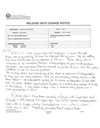
|
2023 mar 5

|
2023 mar 5

|
2023 mar 5

|
More... |

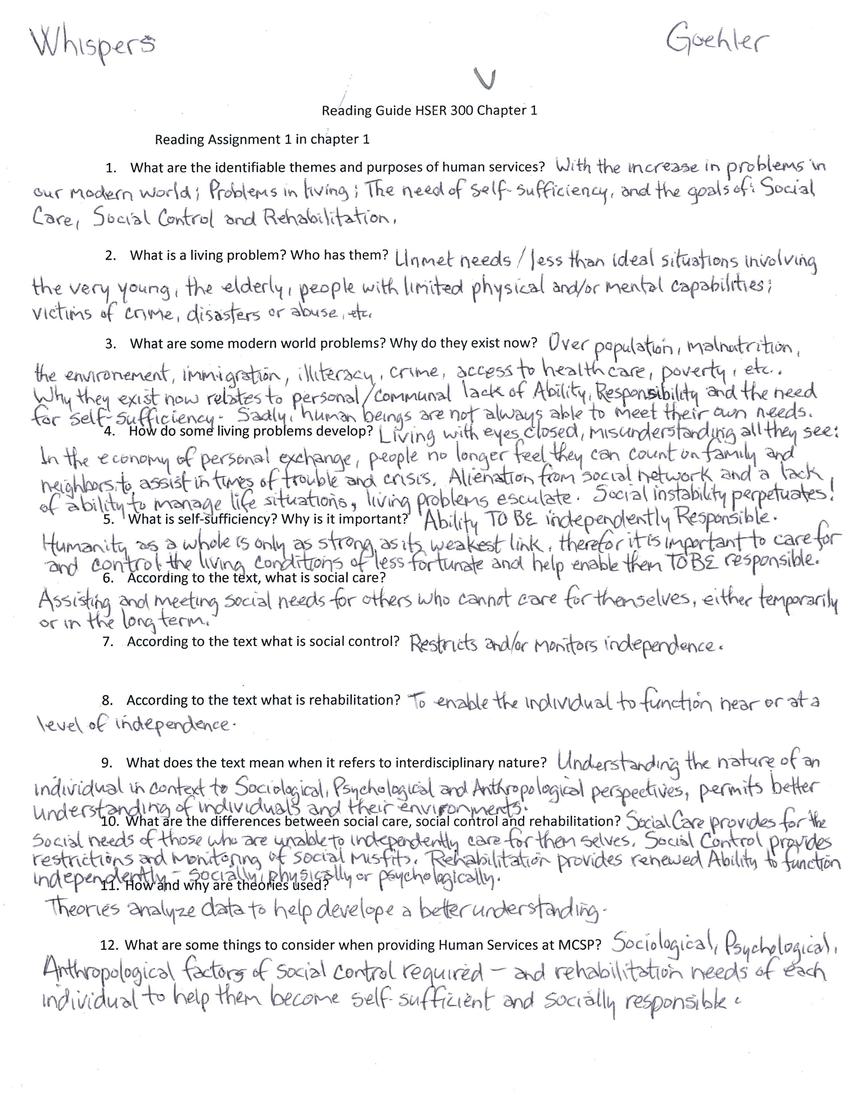
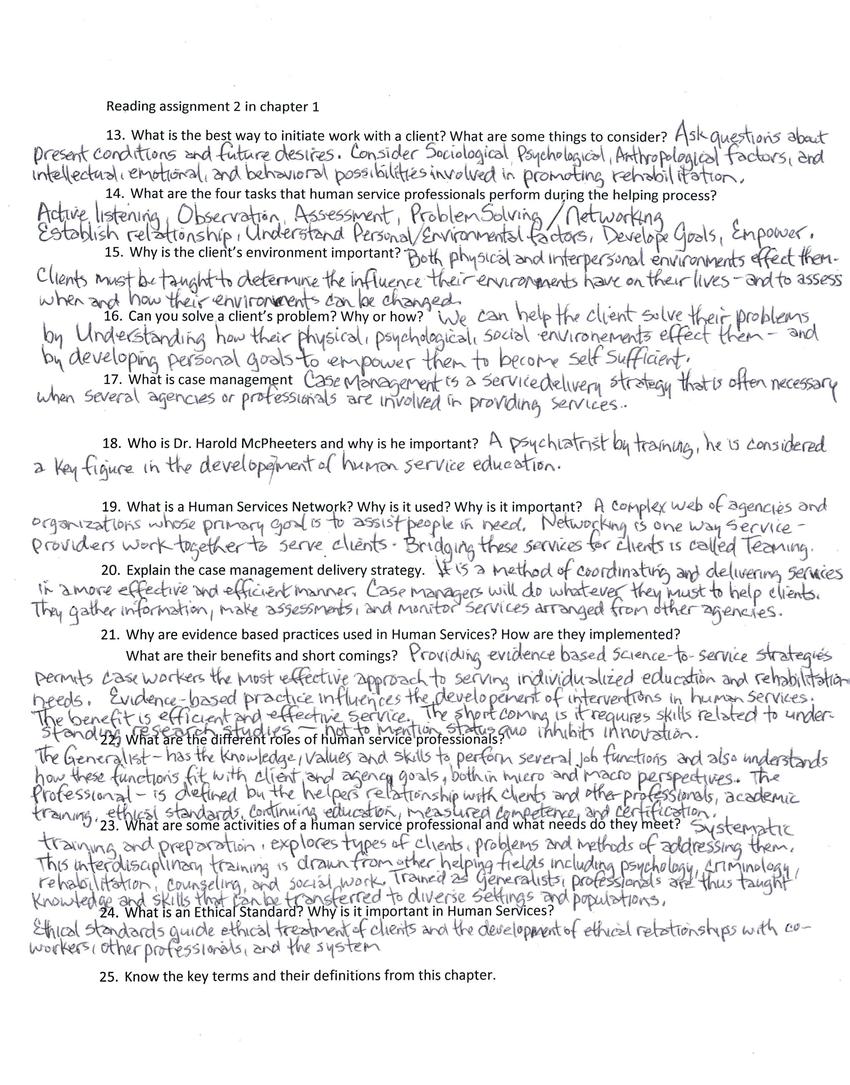
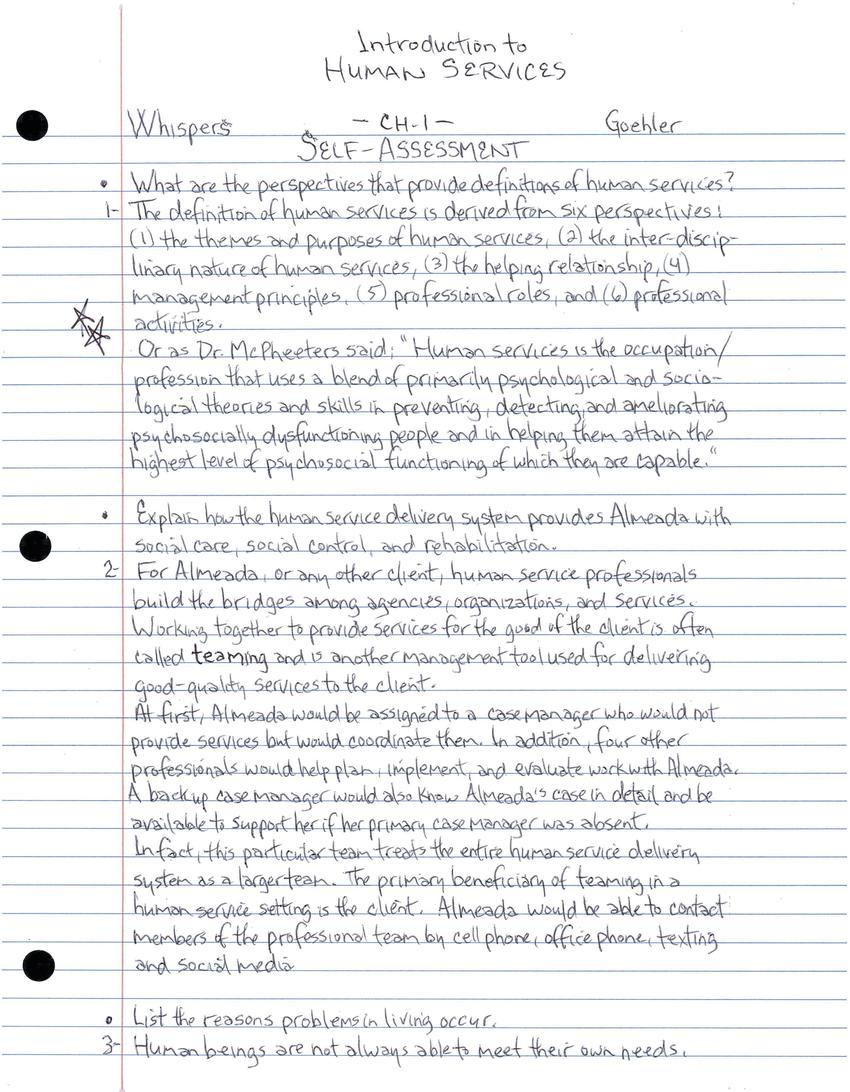
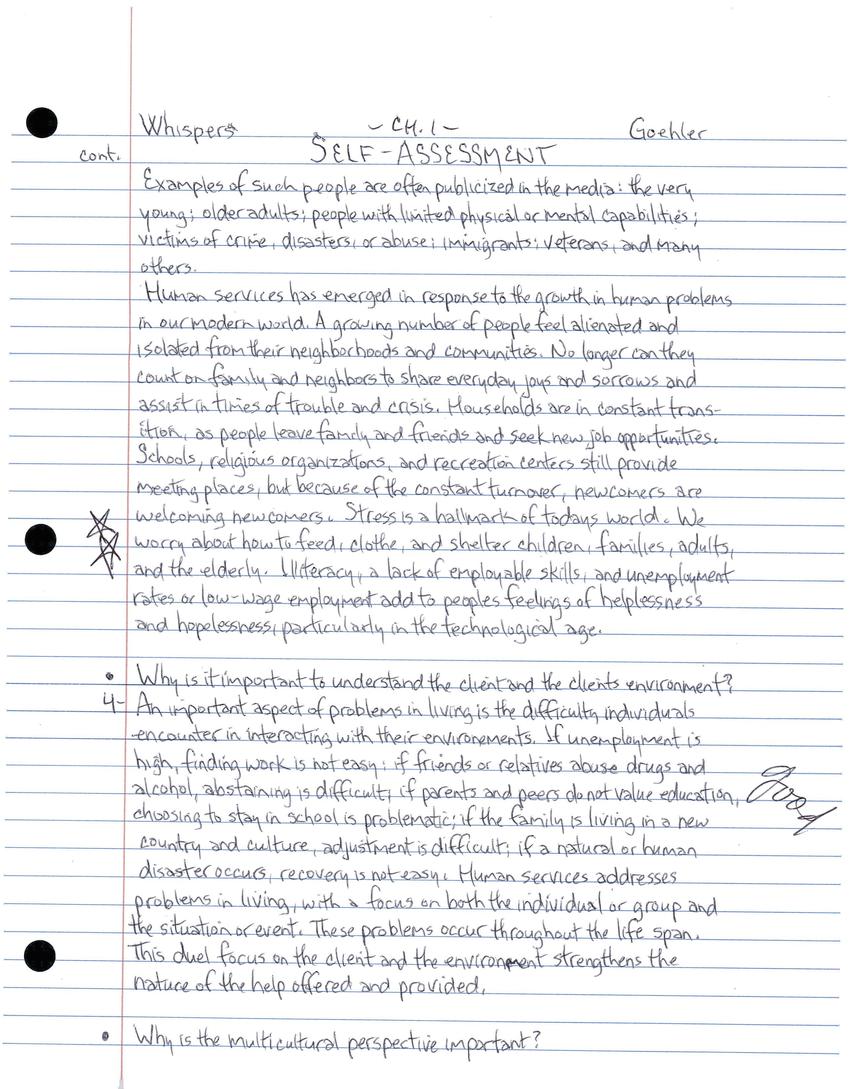
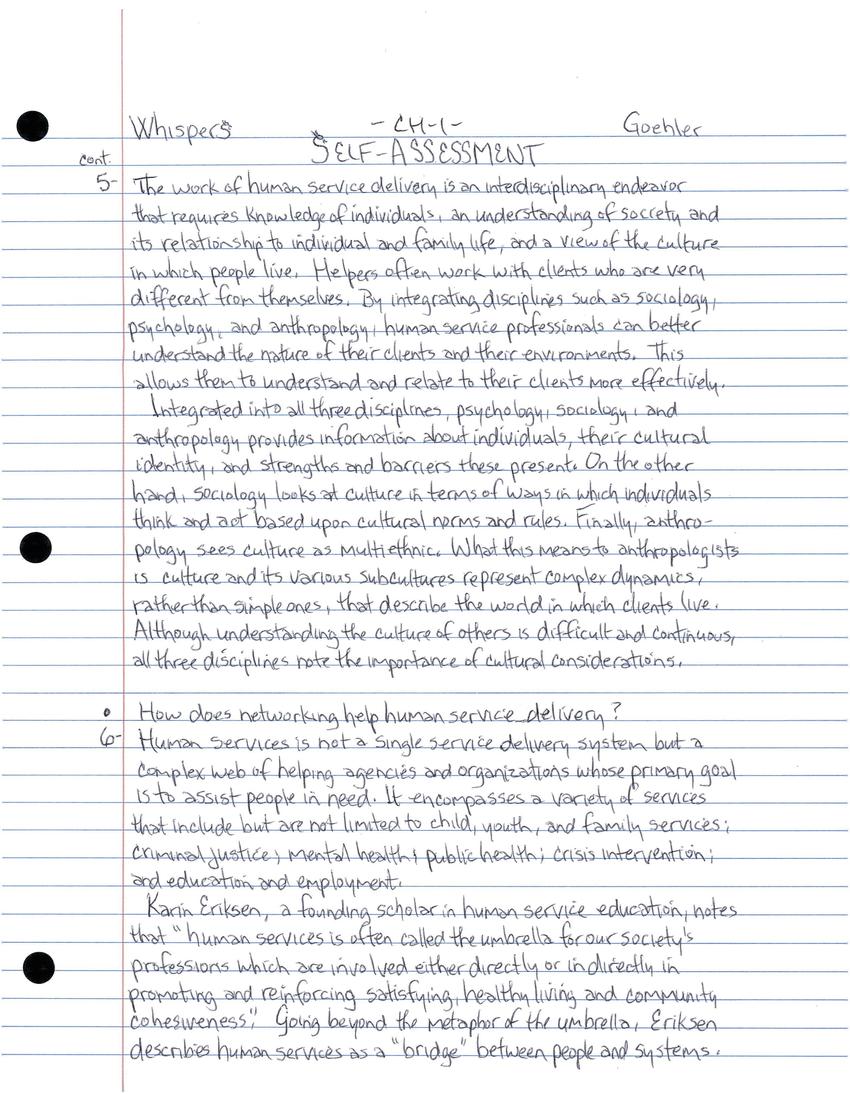

Replies